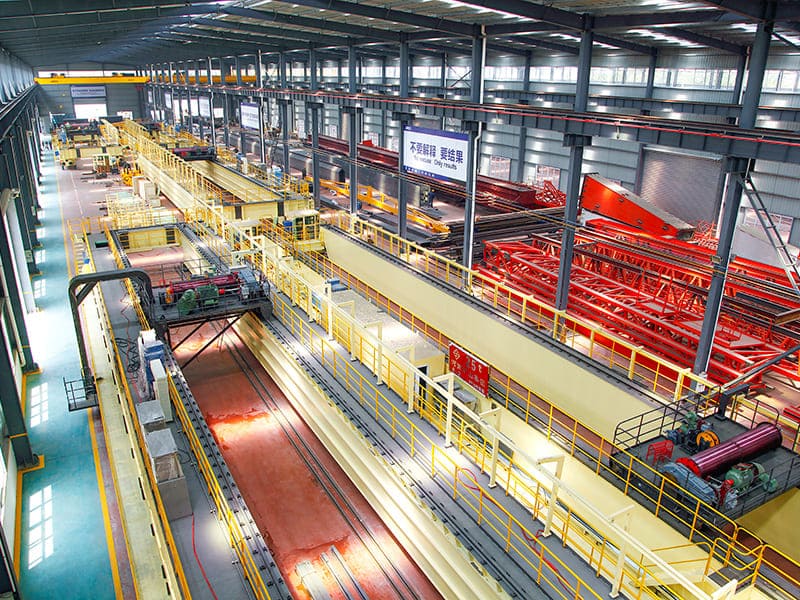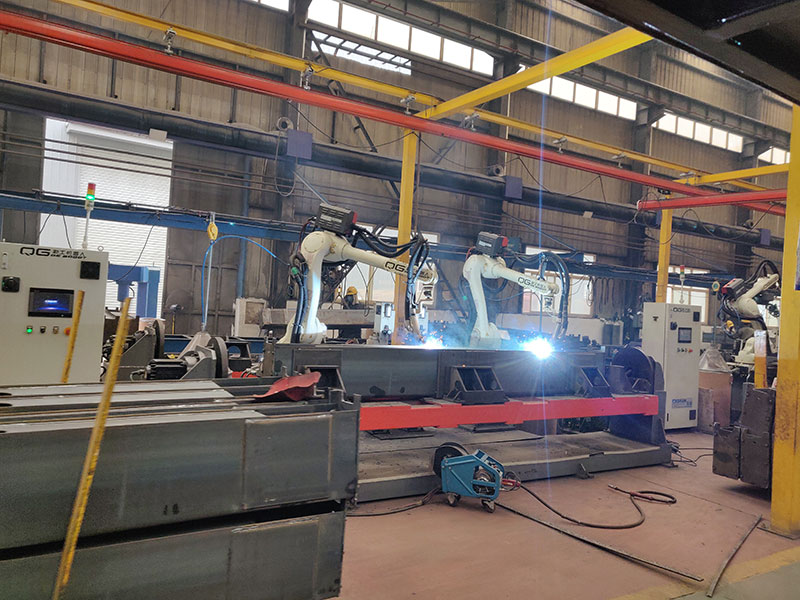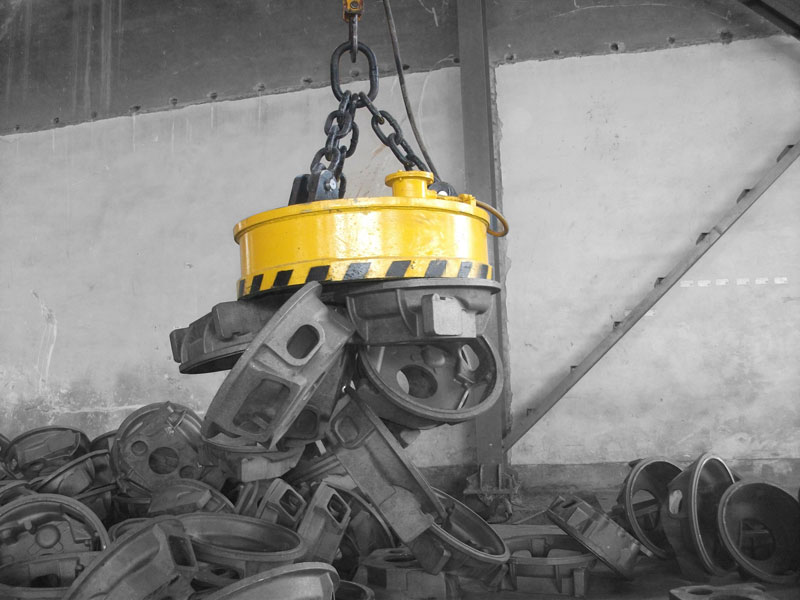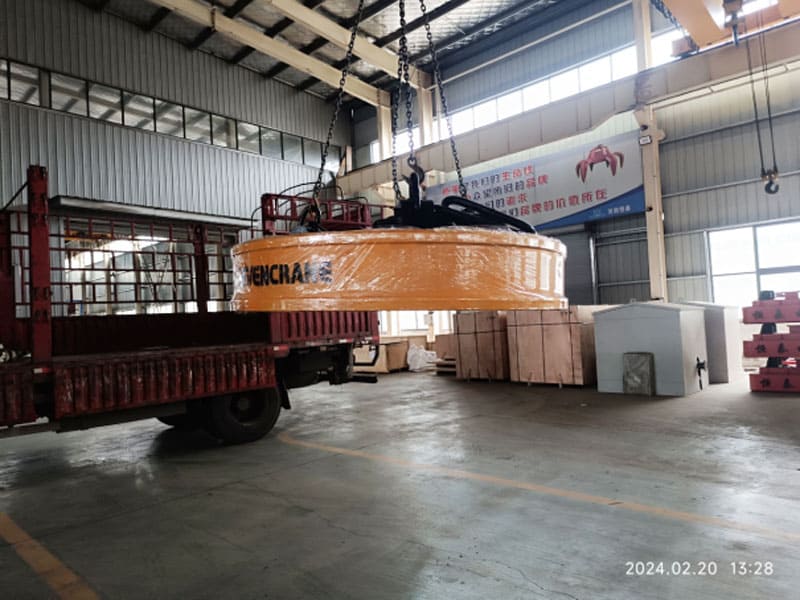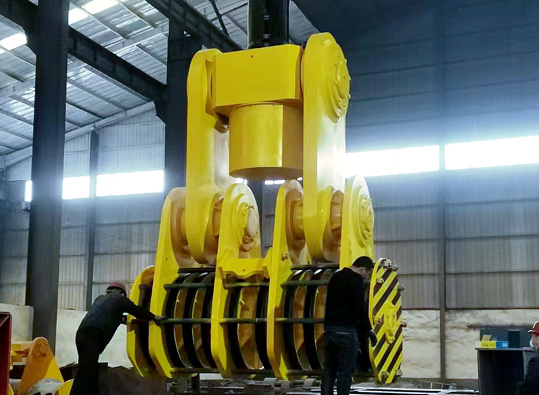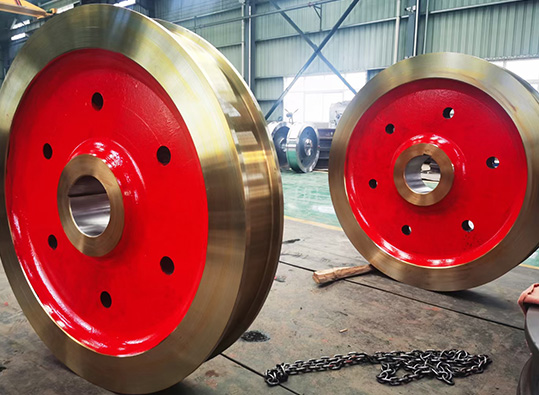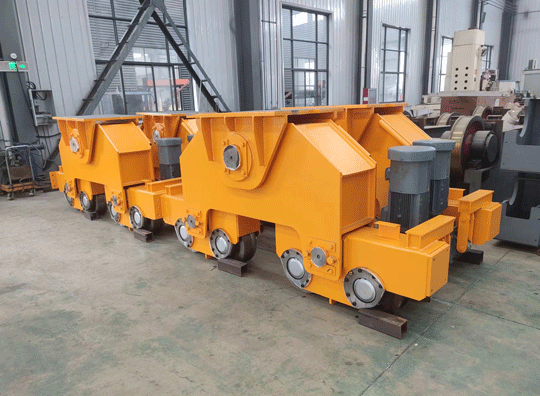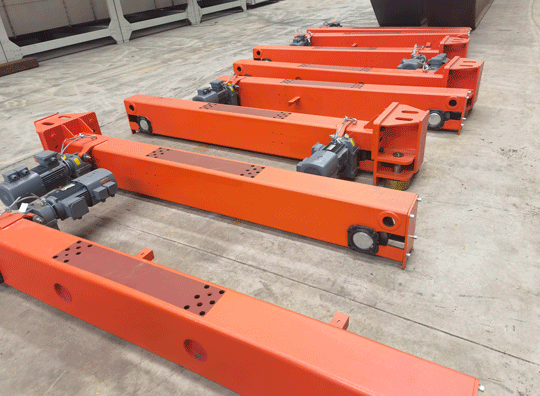Quality control is a crucial aspect of the production process of electromagnetic chucks. An electromagnetic chuck is an important tool used in various industrial applications, such as grinding, milling, and drilling. It is used to hold the workpiece in place during the machining process. Thus, it is crucial to ensure that the quality of the electromagnetic chuck is high.
The first step in quality control is to ensure that all the raw materials used in the production process are of the highest quality. This includes the electromagnetic coil, the magnetic block, and other materials used in the production process. Only the best quality materials should be used to ensure that the final product is of the highest quality.
Once the raw materials have been selected, it is important to ensure that the production process is carefully controlled. This involves monitoring the production process at each stage to ensure that the electromagnetic chucks are being produced to the desired standards. The production process may involve several stages, including casting, machining, polishing, and assembly. Each stage must be carefully monitored to ensure that the electromagnetic chucks are being produced to the desired standards.
In addition to monitoring the production process, it is important to conduct regular quality checks on the finished products. This may involve testing the magnetic strength of the electromagnetic chuck, checking the accuracy of the chuck’s surface, and other tests to ensure that the chuck is of the highest quality.
It is also crucial to ensure that the production process is carried out in a clean and controlled environment. This involves maintaining a clean production area, using high-quality machinery and equipment, and ensuring that the production area is free from contaminants that could impact the quality of the finished product.
Furthermore, it is important to ensure that the employees involved in the production process are well-trained and knowledgeable about the production process and the quality standards that must be met. This ensures that they can identify any issues that may arise during production and take corrective action as needed.


